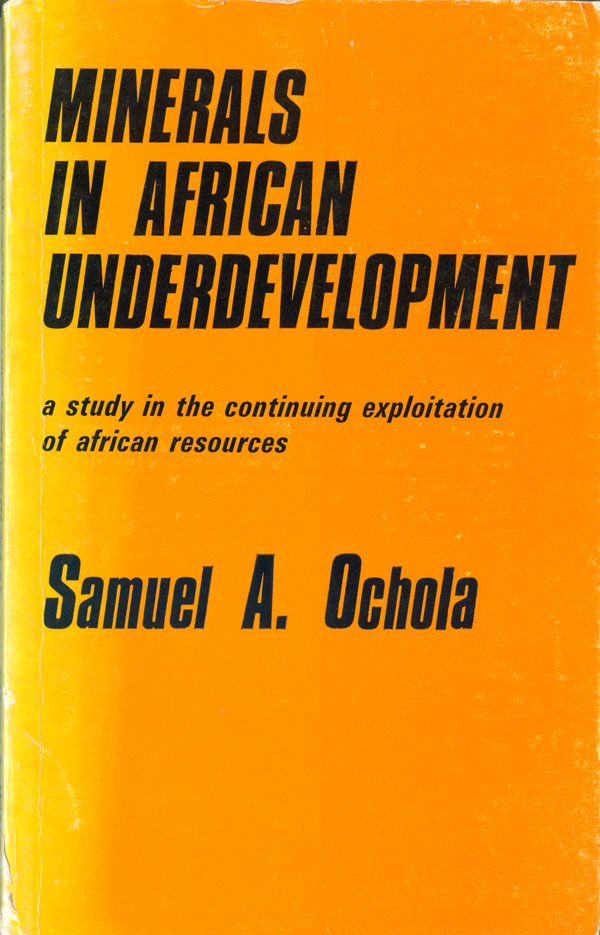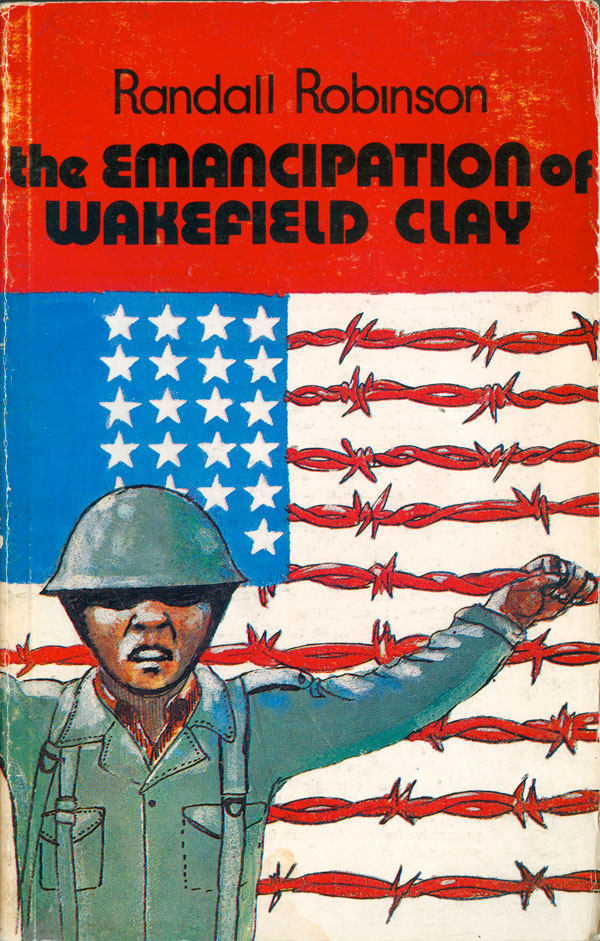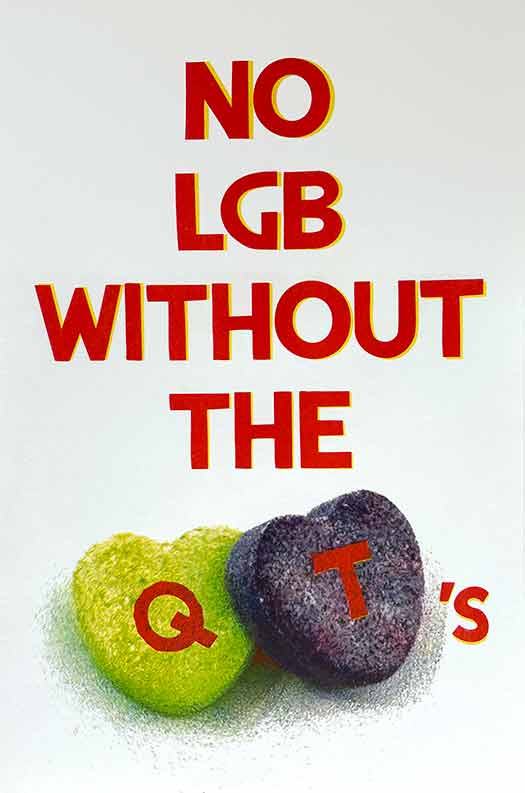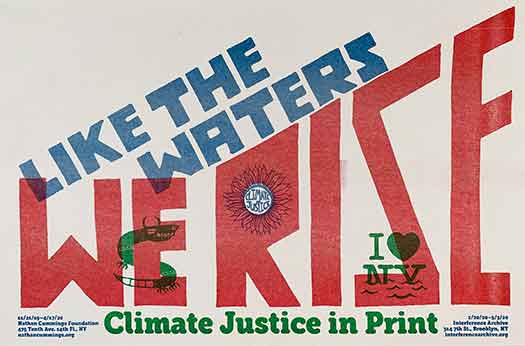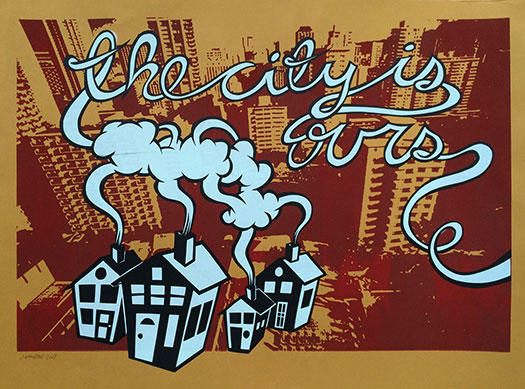After Walter Rodney and Andrew Salkey, the most important author Bogle-L’Overture published was the Jamaican-born but London-based street poet Linton Kwesi Johnson. Kwesi Johnson become a popular voice of the Caribbean under-class, a position solidified after the Brixton Riots in 1981 during which he became a signal voice against police brutality and the repressive policies of Thatcher’s England. To the right is the cover of the first edition (1975) of his most popular collection, Dread, Beat, and Blood. Some of the poems ended up on his 1978 album of the same name.
Below is the cover of the 2nd edition of the book, which I much prefer. The design is by Errol Lloyd, the photograph by Julian Stapleton. The wrap-around is great, you flip the book over to read more about it, and all you get is the business end of a megaphone. I’m usually not a huge fan of ornate fonts, but I like the red and white titling here. In a different context it would look pretty heavy metal, but it works in this design—it’s propulsive and organic.
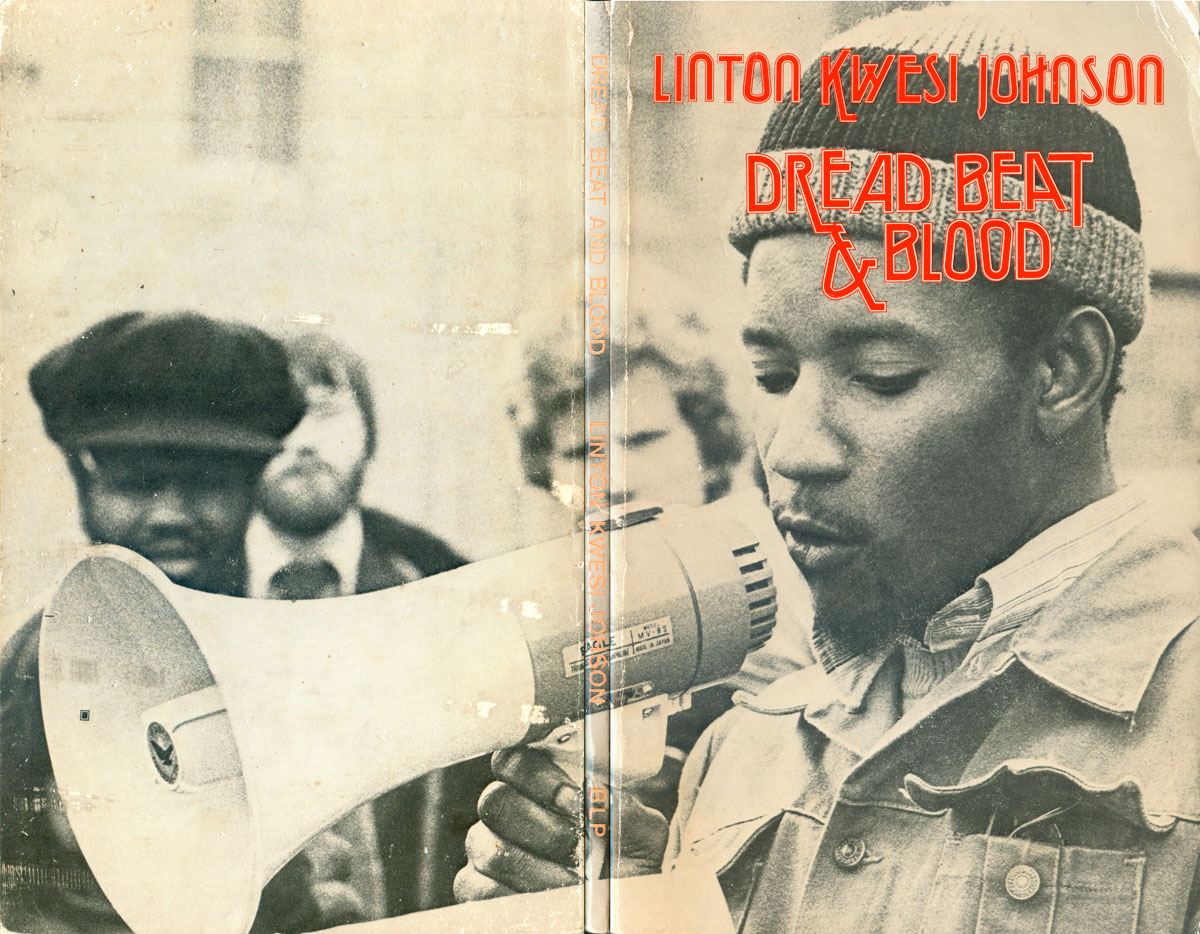
Another poet BLP published was Cecil Rajendra, a Malasian-born writer who was part of the 70s Black Power movement in London. Rajendra is a good example of how the British-Caribbean Black cultural and political movements tended to be much more inclusive and diverse than their US contemporaries. “Black” was inclusive of Caribbean, African, and a multitude of Asian identities, and there was significant interplay between these different groupings.
Rajendra’s Hour of the Assassins has a strong graphic cover designed by Sain. The cracked hour-glass doubles as guillotine, the silver is a nice addition. The book is from 1983, but it has a strong 70s feel to me. His next collection, Child of the Sun (1986), has a cover that seems much more a victim of the design-challenged 80s. Both the design and the painting/collage are by Yuen Chee Ling, and although the title overlaps onto the image, it still fails to bring these two very disparate parts together. The image would have been much stronger if it has filled the entire cover, and the type run small across the top and bottom. The use three different fonts doesn’t help much either.

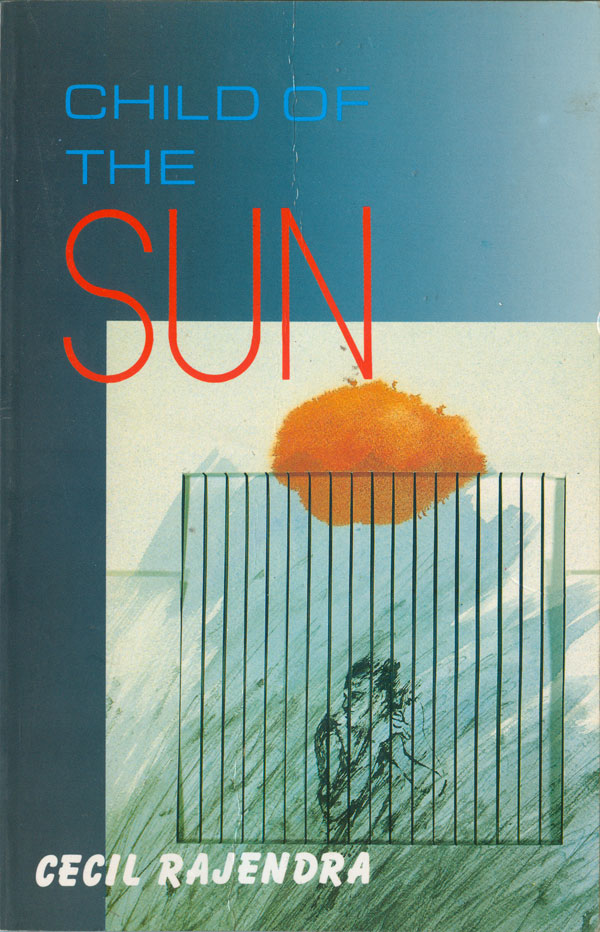
BLP published a broad range of both poetry and children’s books, and Accrabe Huntley’s Easter Monday Blues is a bit of both. I suspect Huntley, 16 at the time this book was published in 1983, was the daughter of BLP founders Jessica and Eric Huntley. The cover is another design by the many-styled Errol Lloyd. It’s simple, reserved, and efficient. Sam Greenlee is the American author of Black Power revolution fantasy novel The Spook that Sat by the Door, and Ammunition is a collection of his poetry. It’s another missing link in the shift from street poetry to hip-hop, another piece in that puzzle that sits next to Gil Scott-Heron, the Last Poets, and Linton Kwesi Johnson. The cover, designed by Marvin Young, speaks to this and the militancy of the title, with a muscular, articulated black and green fist stabbing at a red circle of words. The pen is either crossing out or writing the words, a version of his poem “Suburban Soul.”
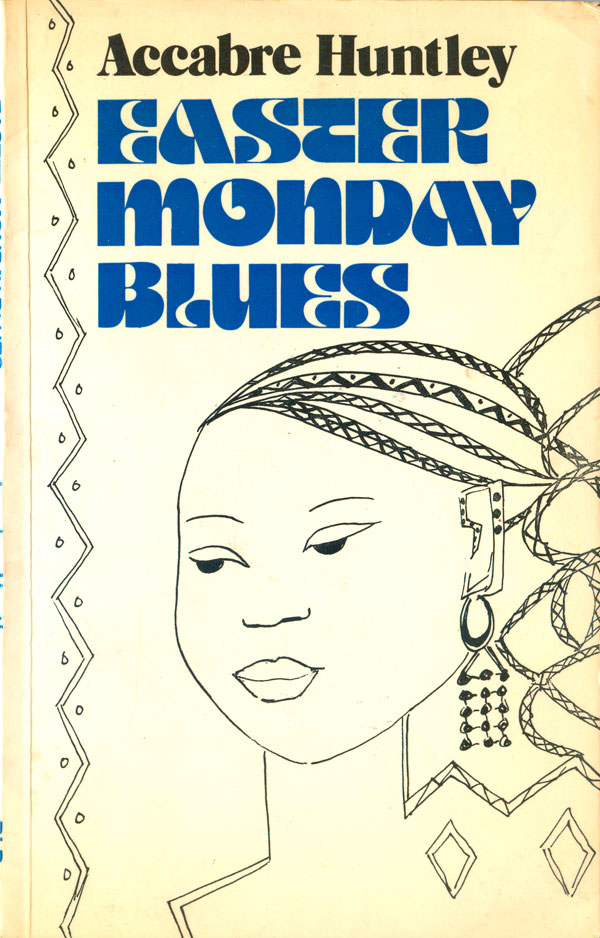

Here’s a couple more titles, the Aldulpha is from the mid-70s and has the one color design that seems standard for BLP at the time. Getting to Know Ourselves is earlier (1972), but is a kid’s book, which might explain the brightly colored and much more playful cover.
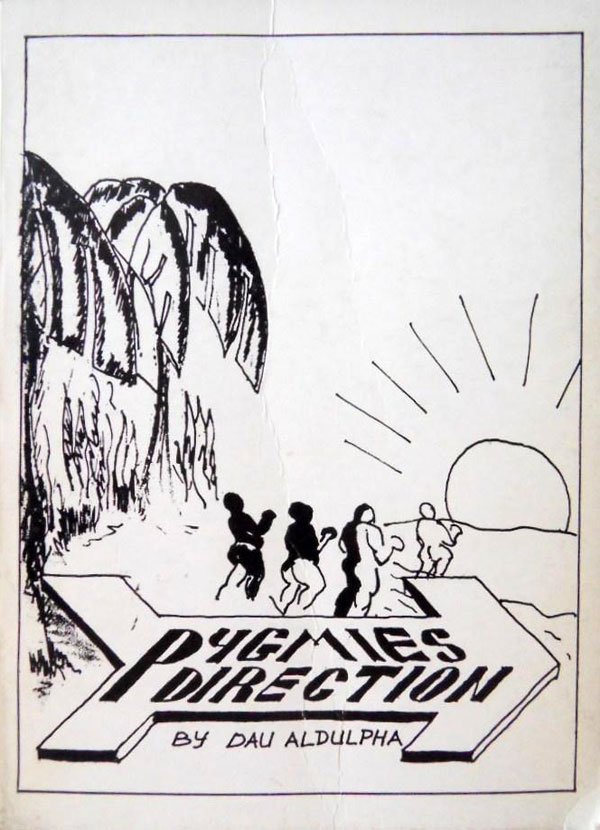
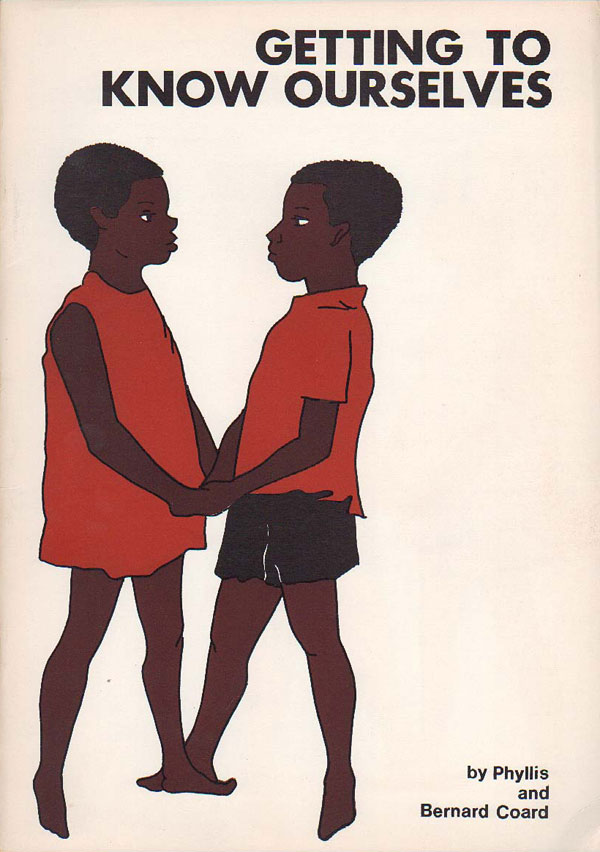
Most of BLP’s output was fiction and poetry, outside of Walter Rodney’s political tracts. The one other non-fiction book I’ve found is a bit of an oddity, Samuel Ochola’s Minerals in African Underdevelopment (1975). Ochola is a Kenyan academic. and this book appears to be a data-driven follow-up to Rodney’s How Europe Underdeveloped Africa. But it’s a much dryer read, and features an even dryer cover (also designed by Errol Lloyd).
Last we’ve got another novel, The Emancipation of Wakefield Clay by Randall Robinson. Robinson was an African-American anti-Apartheid activist and director of TransAfrica, the only left lobbying group in the US fighting for progressive policy towards Africa. Emancipation is a novel set in South Africa, where the title character is a Black American GI has to decide to follow his orders or support African liberation. The cover is a strong, if didactic, illustration, likely by Lloyd, although not credited.
